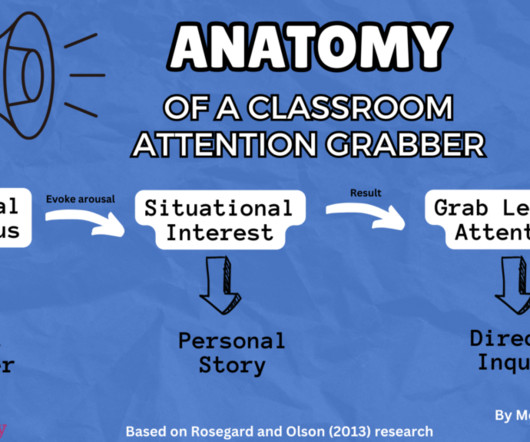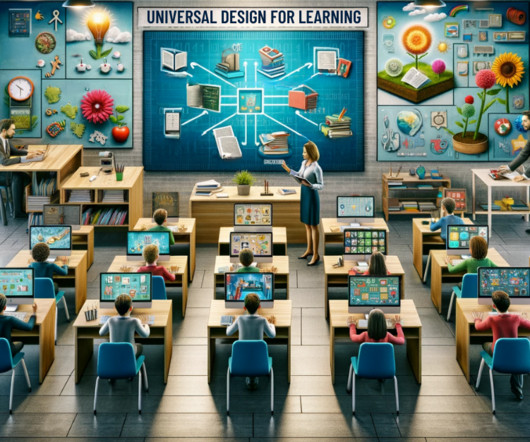30 Effective Classroom Attention Getters with Examples
Educational Technology and Mobile Learning
DECEMBER 29, 2023
In the dynamic world of education, keeping students engaged and attentive is a challenge every educator faces. Research has consistently highlighted the detrimental effects of boredom on student learning. This paints a clear picture: boredom is a multifaceted issue impacting various aspects of a student’s academic journey.



















Let's personalize your content